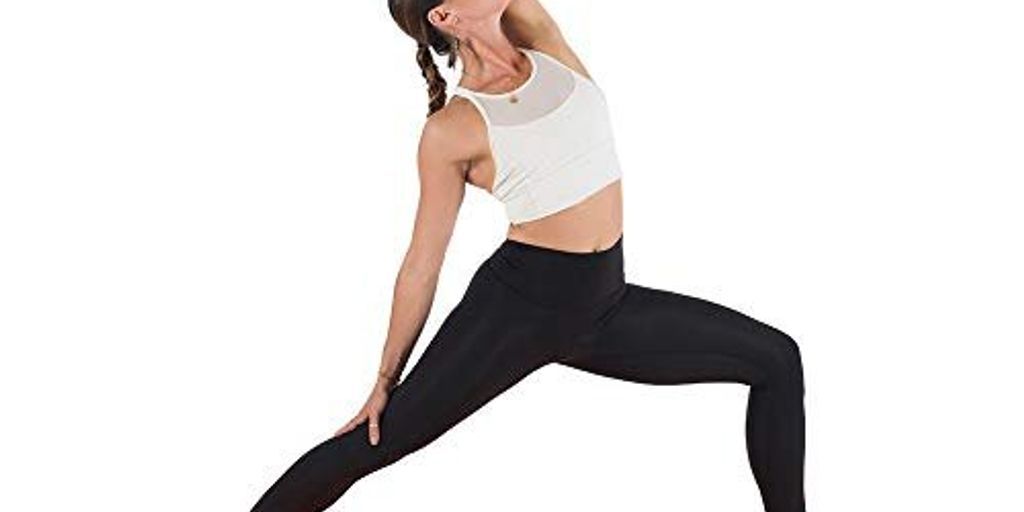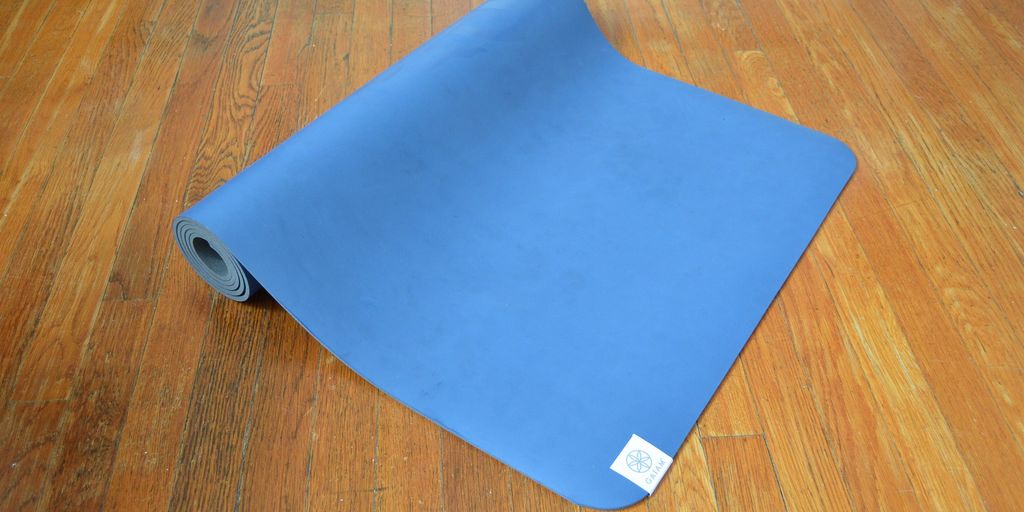
Choosing the Best Yoga Mat Material: A Comprehensive Guide
Choosing the right yoga mat can make a big difference in your practice. With so many materials available, it's important to know the pros and cons of each. This guide will help you understand the different materials, their benefits, and how to pick the best one for your needs.
Key Takeaways
- Different yoga mat materials offer unique benefits and drawbacks.
- Eco-friendly mats are great for the environment and your practice.
- Consider factors like durability, grip, and comfort when choosing a mat.
- Certain materials are better suited for specific types of yoga.
- Proper care and maintenance can extend the life of your yoga mat.
Understanding Different Yoga Mat Materials
Choosing the right yoga mat material is essential for a comfortable and safe practice. Each material has its own benefits and drawbacks, so it's important to understand them before making a decision.
Eco-Friendly Yoga Mat Options
Sustainable Materials to Consider
When choosing a yoga mat, it's important to think about the environment. Sustainable materials like natural rubber, jute, and organic cotton are great choices. These materials are not only good for the planet but also provide excellent grip and comfort.
Biodegradable Mats: Are They Worth It?
Biodegradable mats break down naturally over time, reducing waste. They are made from materials like natural rubber and cork. While they might be a bit more expensive, their environmental benefits make them worth considering.
Recycled Yoga Mats: An Eco-Conscious Choice
Recycled yoga mats are made from repurposed materials, such as recycled rubber or plastic. These mats help reduce waste and often have unique designs. Choosing a recycled mat is a great way to be eco-conscious while enjoying your practice.
Factors to Consider When Choosing a Yoga Mat Material
Durability and Longevity
When picking a yoga mat, durability is key. You want a mat that can handle regular use without wearing out quickly. Some materials, like natural rubber, are known for their long-lasting nature. Others, like PVC, might not last as long but can still be a good choice depending on your needs.
Grip and Traction
Grip is super important for a good yoga practice. A mat with excellent traction will keep you from slipping, especially during more intense poses. Materials like TPE and cork are known for their great grip, making them popular choices for many yogis.
Comfort and Support
Comfort is another big factor. A mat that offers good support can make a huge difference in your practice. Thicker mats often provide more cushioning, which is great for poses that put pressure on your joints. However, they might be less stable for standing poses.
Ease of Cleaning
Keeping your yoga mat clean is essential for hygiene. Some materials are easier to clean than others. For example, PVC mats can usually be wiped down with a damp cloth, while cork mats might need special care. Always check the cleaning instructions for your specific mat to keep it in good shape.
Choosing the right yoga mat material can greatly enhance your practice, making it more enjoyable and effective.
Yoga Mat Materials for Different Types of Yoga
Best Materials for Hot Yoga
Hot yoga makes you sweat a lot, so you need a mat that can handle it. Natural rubber mats are great because they offer excellent grip even when wet. Another good option is cork, which is naturally antimicrobial and provides a firm grip.
Ideal Mats for Vinyasa and Flow
For Vinyasa and Flow yoga, you need a mat that offers both grip and cushioning. TPE mats are a popular choice because they are lightweight and provide good traction. PVC mats are also suitable as they offer a balance of comfort and durability.
Materials Suitable for Restorative Yoga
Restorative yoga focuses on relaxation and holding poses for longer periods. Mats made from natural rubber or PVC are ideal because they offer excellent support and cushioning. Cork mats can also be a good choice for their firm yet comfortable surface.
Choosing the right mat material can make a big difference in your yoga practice. Make sure to consider the type of yoga you do most often when selecting a mat.
How to Maintain and Care for Your Yoga Mat
Cleaning Tips for Different Materials
Keeping your yoga mat clean is essential for both hygiene and longevity. For most mats, a solution of mild dish soap dissolved in water works wonders. Simply wipe down your mat with a damp cloth and let it air dry. For natural rubber mats, avoid using too much water as it can degrade the material over time. Instead, use a spray bottle to lightly mist the surface before wiping.
Storage Solutions to Prolong Lifespan
Proper storage can significantly extend the life of your yoga mat. Always roll your mat with the top side facing out to prevent curling edges. Store it in a cool, dry place away from direct sunlight, which can cause the material to break down. If you have a dedicated yoga space, consider using a mat hanger to keep it off the floor and free from dust.
When to Replace Your Yoga Mat
Even with the best care, yoga mats don't last forever. Signs that it's time for a new mat include visible wear and tear, loss of grip, and an unpleasant odor that doesn't go away after cleaning. Regular practice will naturally wear out your mat faster, so keep an eye on its condition and replace it when necessary.
Taking good care of your yoga mat not only ensures a better practice but also extends the life of your investment.
Comparing Costs of Various Yoga Mat Materials
Budget-Friendly Options
When you're on a tight budget, you can still find good yoga mats. PVC mats are often the cheapest. They are durable and provide good grip, but they are not eco-friendly. TPE mats are another affordable choice, offering a balance between cost and environmental impact.
Mid-Range Choices
If you can spend a bit more, consider mats made from natural rubber. These mats offer excellent grip and are more eco-friendly than PVC. Cork mats also fall into this price range, providing a unique texture and good durability.
Premium and High-End Mats
For those willing to invest in a top-quality mat, high-end options include mats made from organic materials and advanced composites. These mats often feature superior grip, comfort, and longevity. While they come with a higher price tag, their quality and sustainability make them worth the investment.
Investing in a high-quality yoga mat can enhance your practice and last for years, making it a wise choice in the long run.
When it comes to yoga mats, the material can make a big difference in both comfort and cost. From natural rubber to eco-friendly options, each type has its own pros and cons. Want to dive deeper into the details? Check out our full guide on the different yoga mat materials and find the perfect one for you.
Conclusion
Choosing the right yoga mat material is important for your practice. Each type of material has its own pros and cons. Some mats are better for grip, while others are more eco-friendly. Think about what matters most to you. Do you need a mat that is easy to carry around? Or do you want one that is soft and comfy? By knowing what you need, you can pick the best mat for your yoga journey. Remember, the right mat can make your practice more enjoyable and help you stay committed to your yoga routine.
Frequently Asked Questions
What is the best material for a yoga mat?
The best material depends on your needs. Natural rubber is good for grip, PVC is durable, TPE is eco-friendly, and cork is great for sustainability.
Are eco-friendly yoga mats worth the investment?
Yes, eco-friendly mats are better for the environment and often made from sustainable materials. They can be a bit pricier, but they're worth it if you care about the Earth.
How do I clean my yoga mat?
Cleaning methods vary by material. For example, you can wipe down PVC mats with a damp cloth, while cork mats can be cleaned with a mixture of water and vinegar.
What should I consider when choosing a yoga mat?
Think about durability, grip, comfort, and how easy it is to clean. Also, consider the type of yoga you practice.
How often should I replace my yoga mat?
It depends on how often you use it. If you practice daily, you might need a new one every year. For occasional use, it could last several years.
Are expensive yoga mats better?
Not necessarily. While high-end mats may offer extra features like better grip or more padding, there are budget-friendly options that work just as well.

